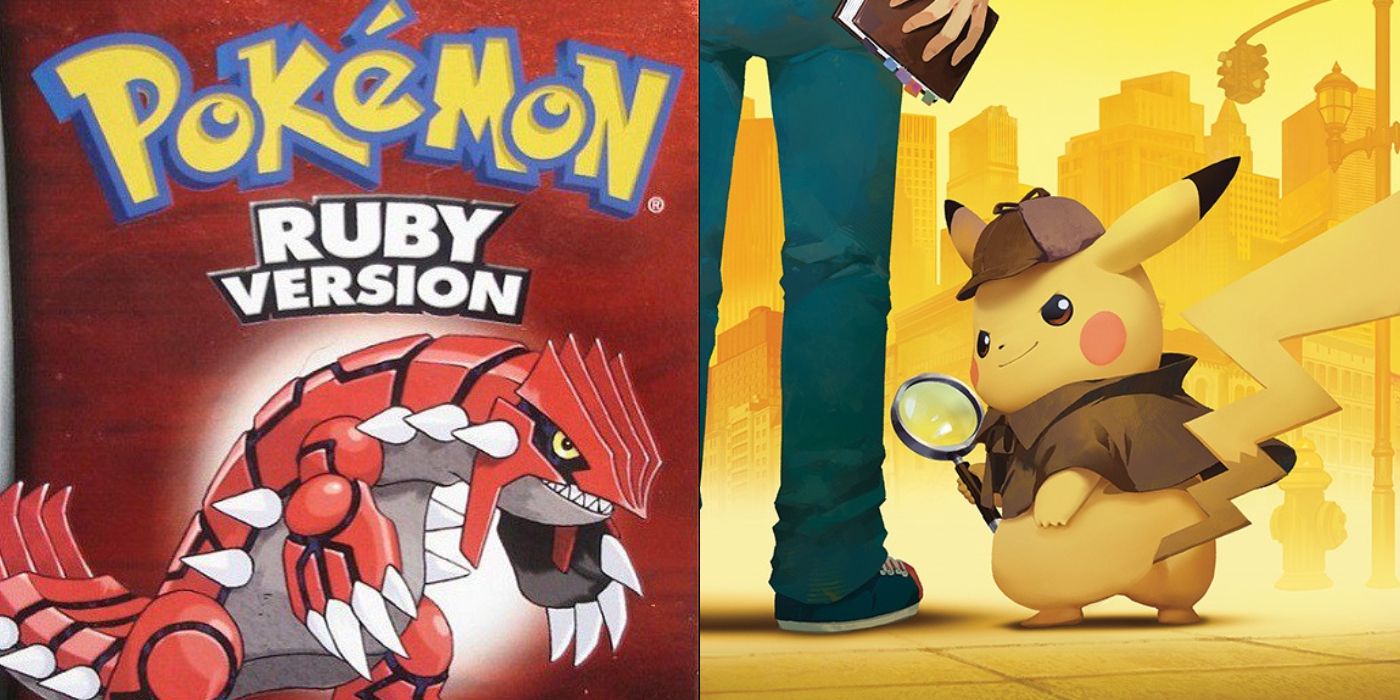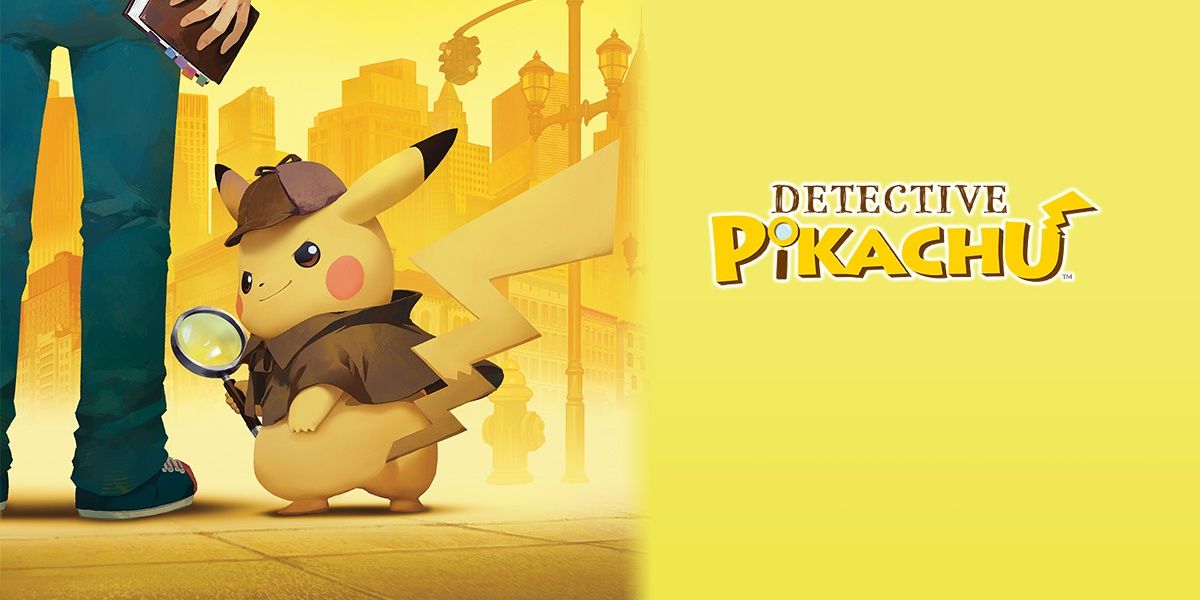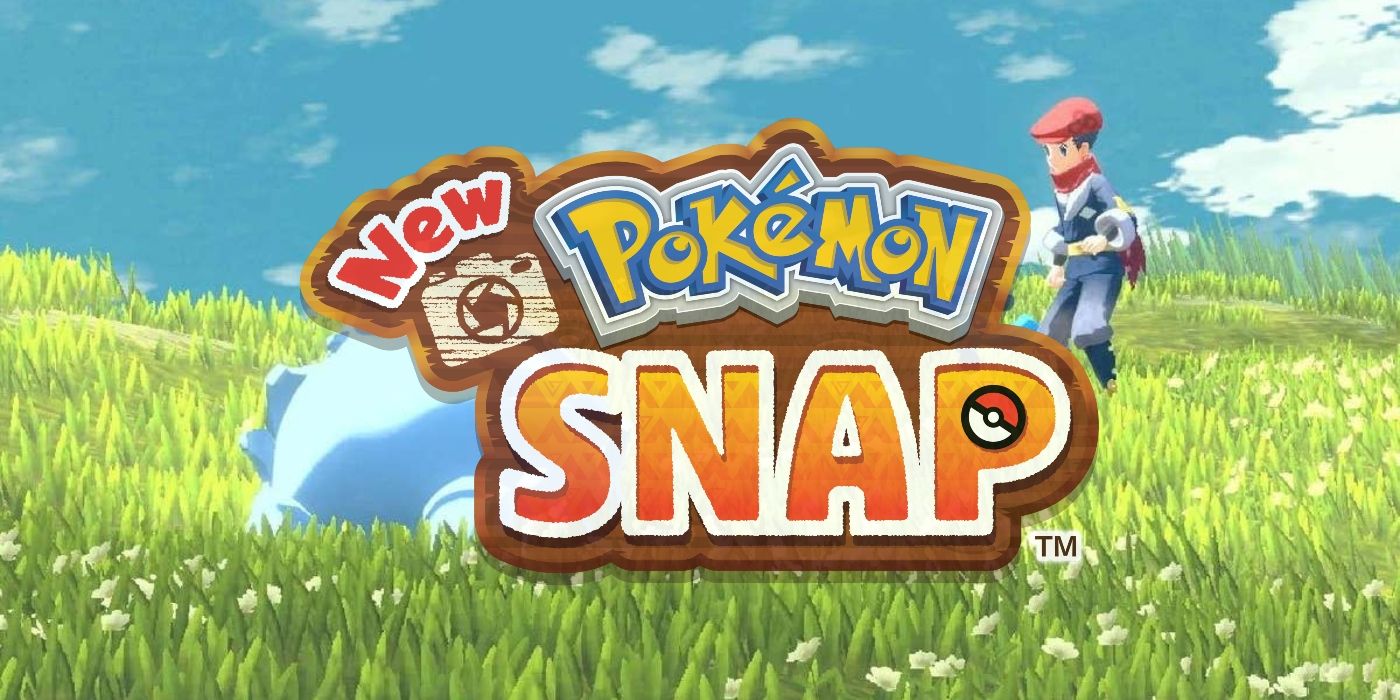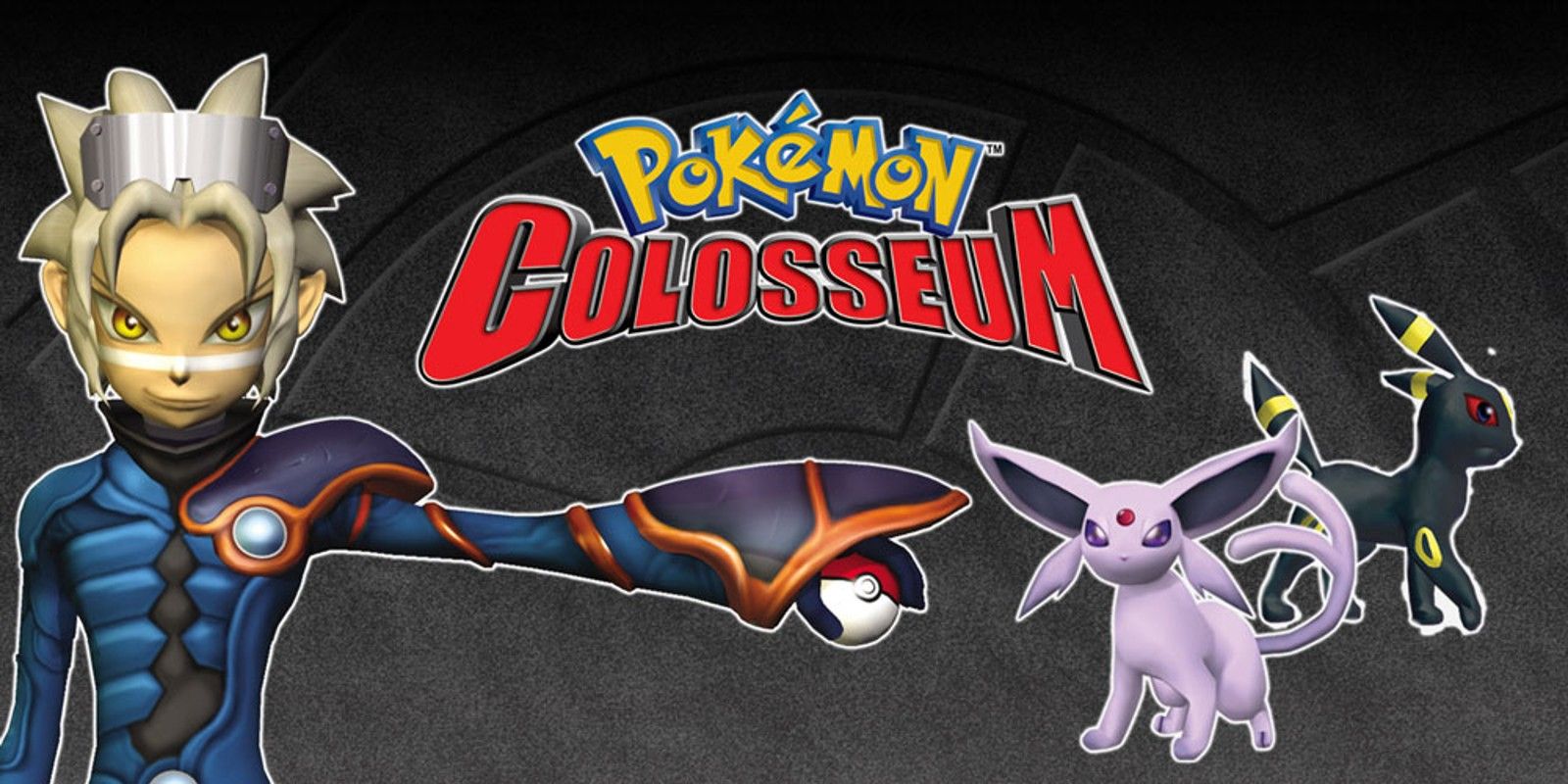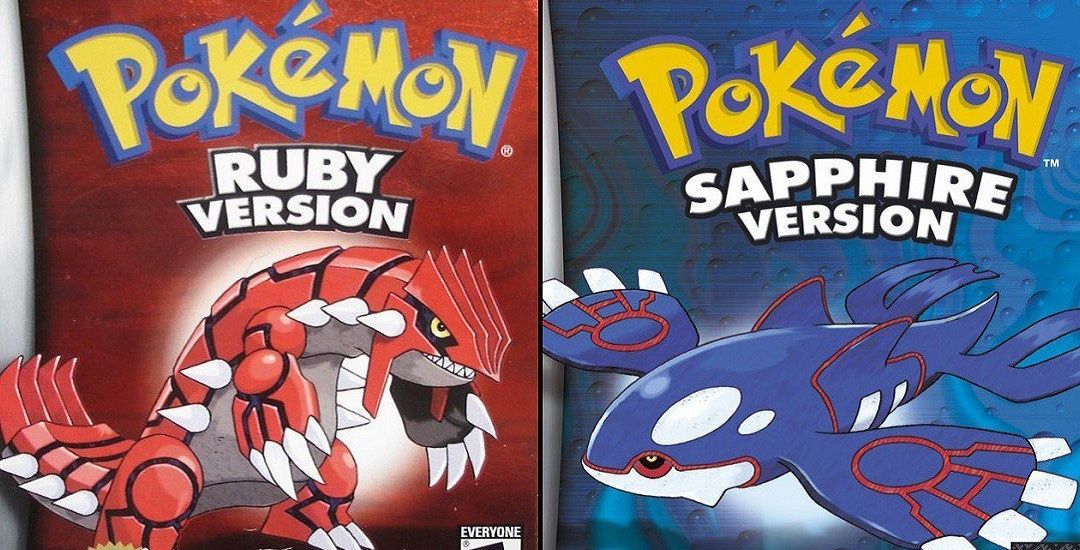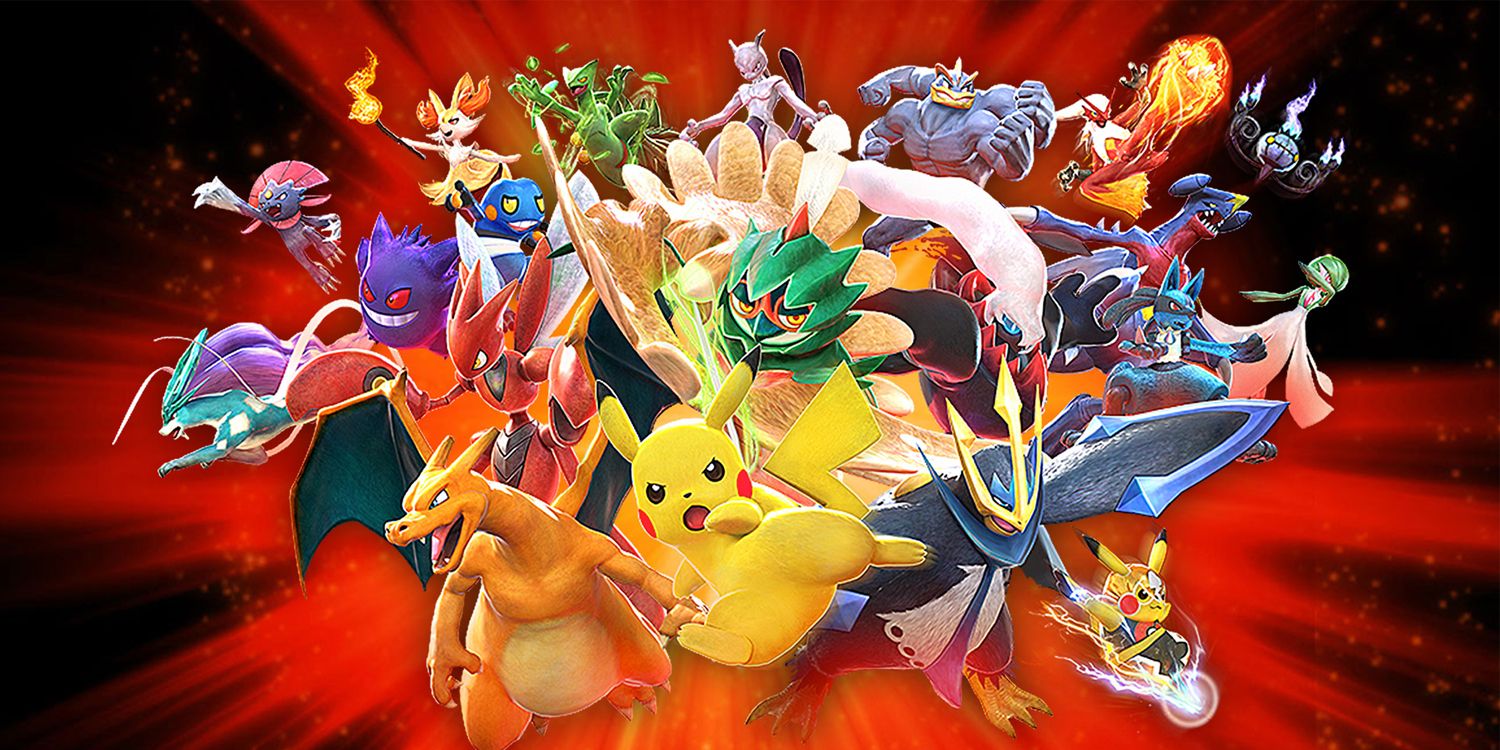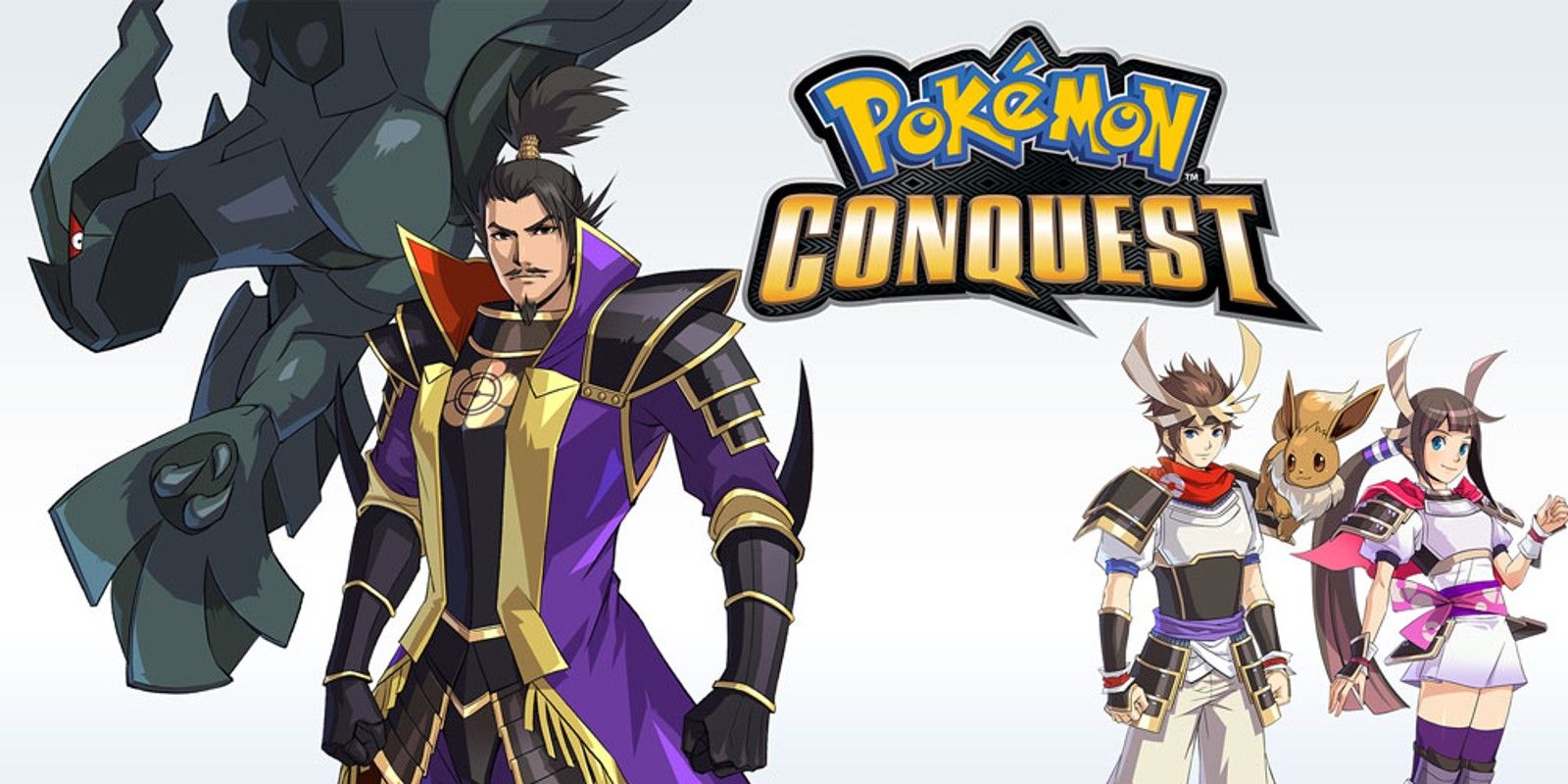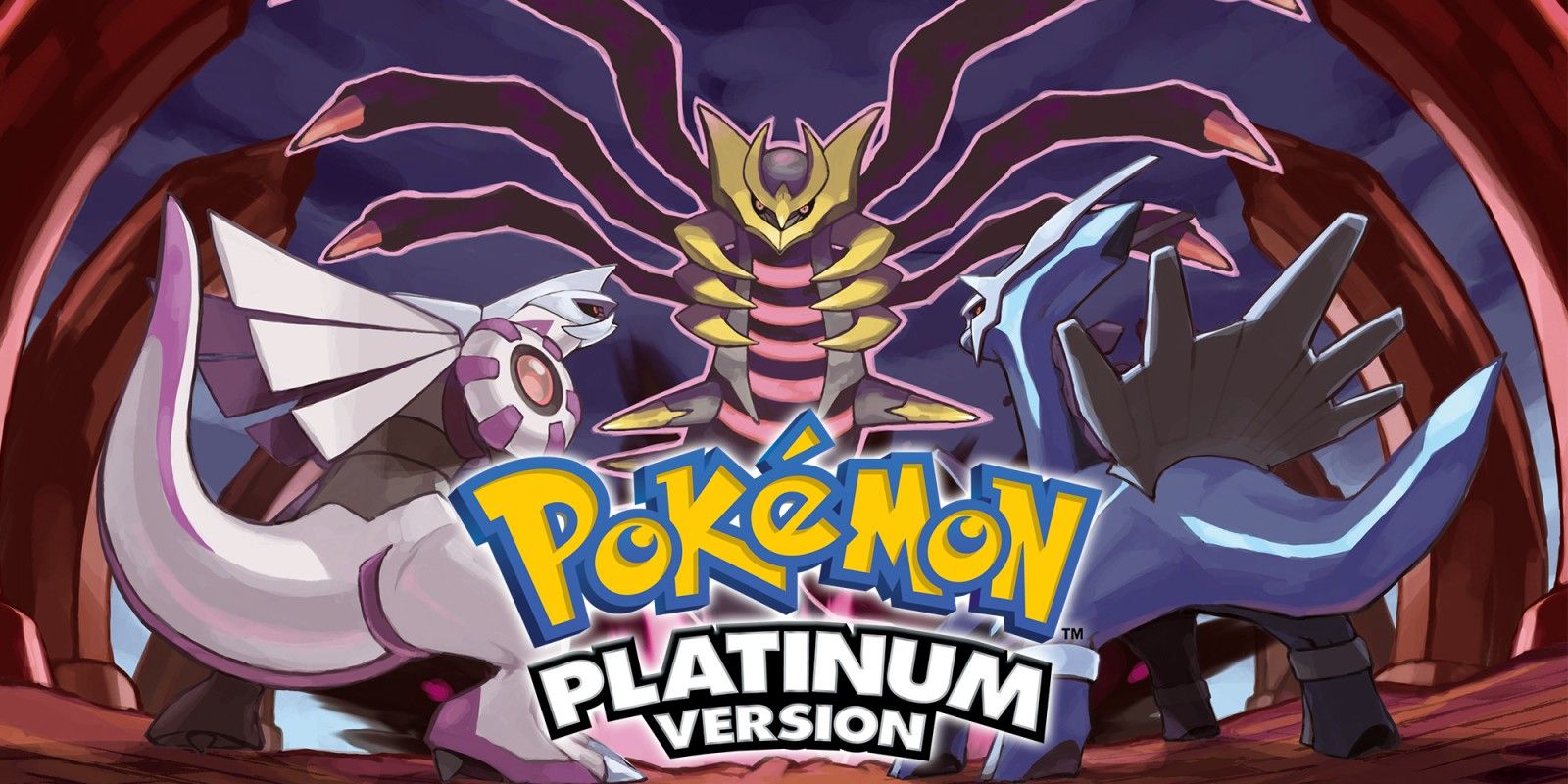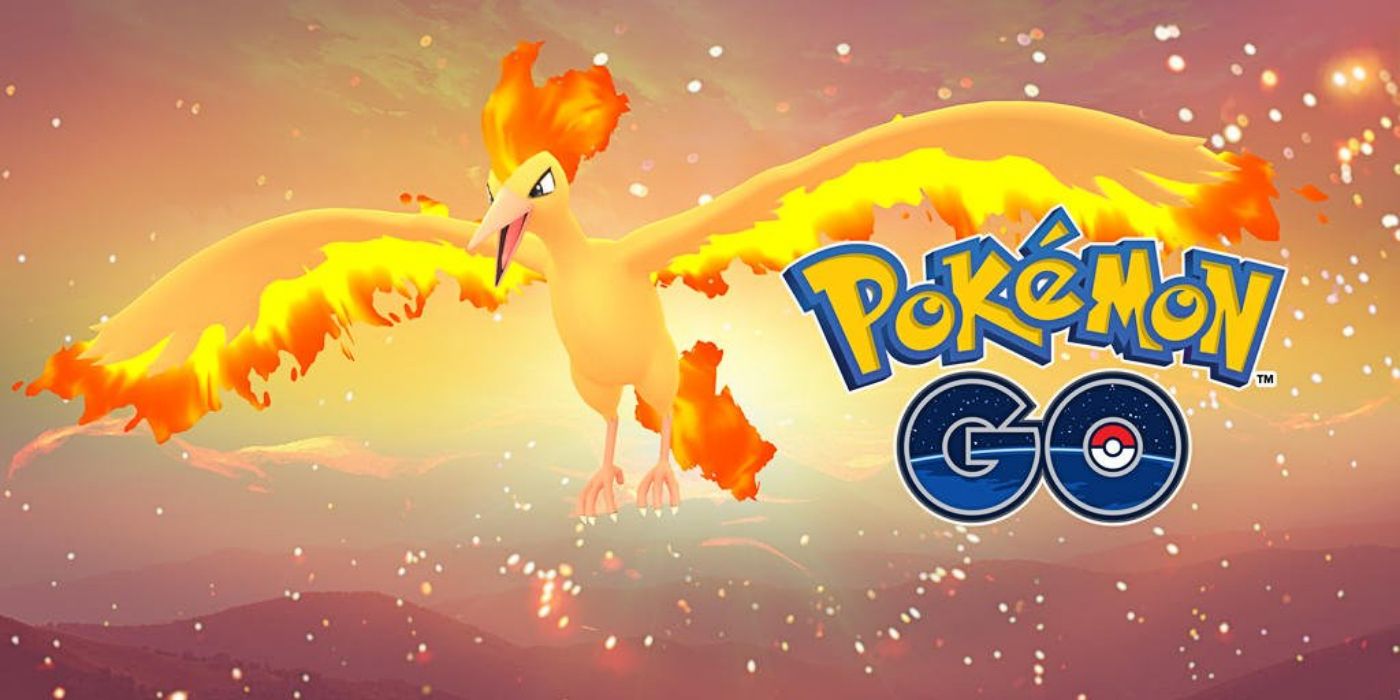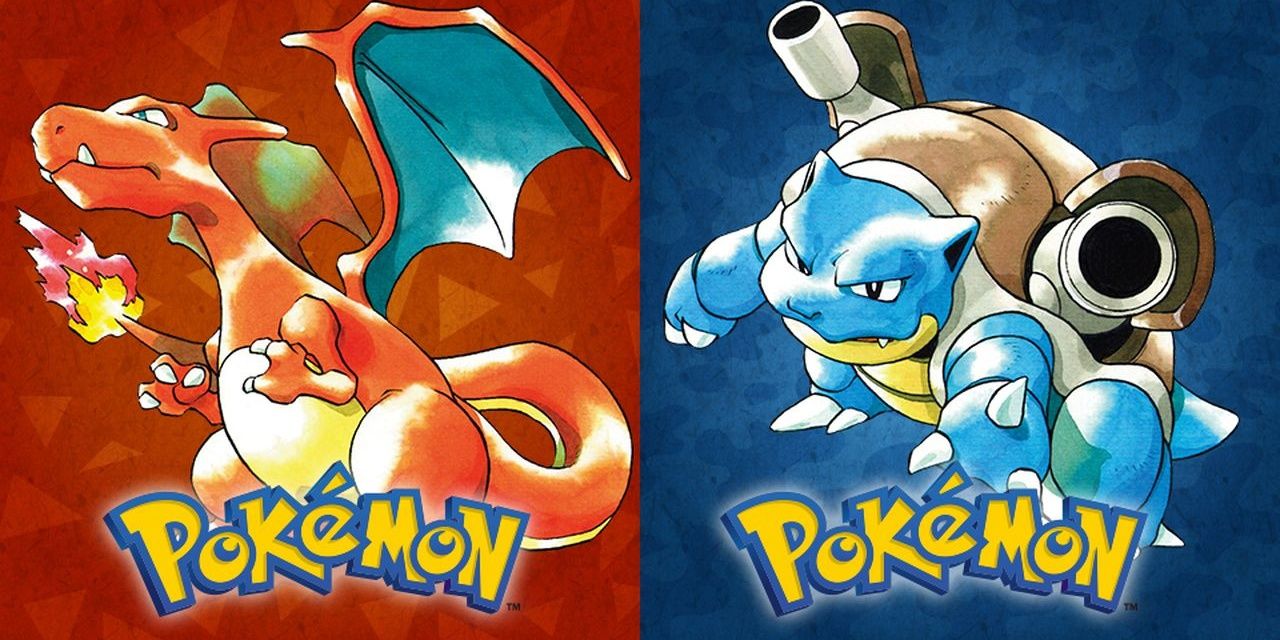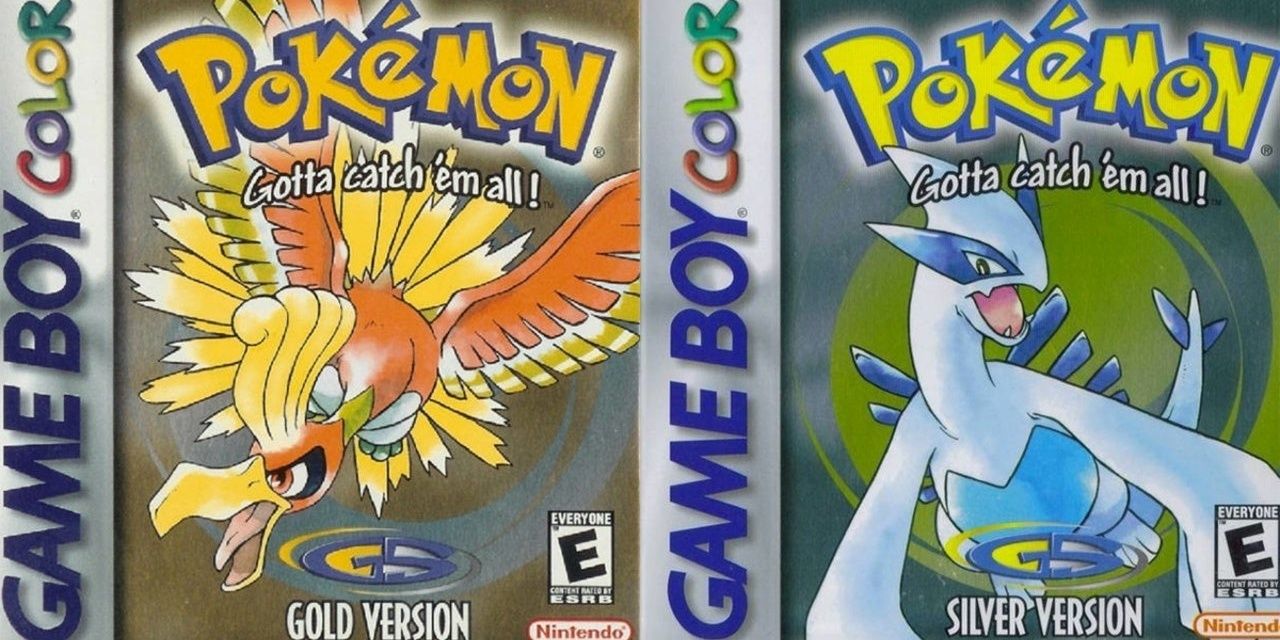Before the iconic anime series, Pokémon was a gaming franchise published by Nintendo. Debuting with Pokémon Red and Blue in 1996, the series soon spawned a wide range of games for consoles, computers, and mobile phones. In recent times, interest in Pokémon games has increased thanks to the global success of Pokémon Go as well as the RPGs Pokémon Sword and Shield.
Most of the Pokémon games are role-playing video games, while others incorporate tropes of fighting, strategy, and digital pet care. Some of the iconic entries have also been released in pairs, such as Diamond and Pearl, Black 2 and White 2.
Detective Pikachu
Now popularized by its film adaptation of the same name, Detective Pikachu plays out as an adventure game starring the titular creature as a detective who solves different kinds of mysteries. The game is notable for featuring Pikachu in a talking role while also laying emphasis on narrative storytelling as compared to other Pokémon video games.
Accompanied by the character Tim Goodman, players search for clues by observing environments and talking to people. While the Pokémon universe forms the central backdrop, certain inspirations also seem to be taken from characters like Sherlock Holmes and Detective Conan.
New Pokémon Snap
Players who are tired of the usual battles and Pokémon collecting can go for lighter options like New Pokémon Snap, a first-person photography game that serves as a sequel to the 90s Nintendo 64 release Pokémon Snap.
As compared to the other entries on this list, the game plays out at a leisurely pace, with players researching and photographing Pokemon in the Lental region. In this manner, the game is an interesting simulation of a world where humans can coexist with these creatures and study their natural habitat.
Pokémon Colosseum
Earning praise for its 3D graphics and soundtrack, Pokémon Colosseum mainly allowed players to steal the Pokémon of other trainers while engaging in single-player and multiplayer battles.
The game's storyline is equally amusing, focusing on new characters like a former Team Snagem member called Wes who attempts to rescue and steal Shadow Pokémon (the Pokémon who are illegally controlled by Team Cipher). This story was then continued in a manga as well as the GameCube sequel Gale of Darkness.
Pokémon Ruby & Sapphire
Pokémon Ruby and Pokémon Sapphire marked the debut of the third generation of Pokémon games. The objectives were pretty similar in terms of catching the Pokémon while players were also assigned missions to take down a criminal organization and the 'Elite Four' Pokémon trainers.
Another difference that the Game Boy Advance games presented was that instead of two players, four players could be connected to each other. Both versions drew rave reviews and even spawned two remakes - Pokémon Omega Ruby and Alpha Sapphire.
Pokkén Tournament
A crossover between Pokémon and Namco Bandai's best-selling series Tekken, Pokkén Tournament combined elements from both games to create an interactive fighting experience for fans of both franchises. The game was released both for arcades and the Nintendo Wii U.
The battle gameplay was praised for being a fresh addition to the Pokémon franchise with particular focus being given to action over strategy. Players could perform Special Moves and Mega Evolutions in the Tekken-inspired Dual Phase.
Pokémon Conquest
Pokémon Conquest marked a collaboration between the titular franchise and Nobunaga's Ambition, a series of turn-based strategy RPGs set in feudal Japan. Released exclusively for the Nintendo DS, the crossover found the player traveling with Eevee while befriending Pokémon and combating Japanese warlords.
As suggested by the title, the ultimate objective is to conquer and unite regions. Given how the main series can yield formulaic environments, the historical setting was a welcome change for a Pokémon spinoff.
Pokémon Platinum
An enhanced 2008 update on Pokémon Diamond & Pearl, Pokémon Platinum featured turn-based fights with players starting out with three Pokémon given by Professor Rowan. Amongst the new features, Platinum added the Wi-Fi Plaza that included a plethora of mini-games and a Global Trading System that allows players all over the internet to make anonymous trades.
This expanded online mode is diverse enough to keep players busy along with the story mode that added two new characters, the Team Galactic scientist Charon and a detective codenamed as 'Looker'.
Pokémon Go
Pokémon Go was a free-to-play Augmented Reality game that took the world by storm at the time of its release. Players could search and collect Pokémon in their real-world locations based on a GPS-based discovery system. They are also required to explore the PokéStops in their vicinity (mostly on foot). Some can even submit their own PokéStops for consideration.
With its initial catalog of 150 Pokemon increasing to 600, Pokémon Go has proved to be heavily profitable for the franchise and definitely brought about a resurgence of interest in Pokémon games.
Pokémon Red And Blue
Pokemon Red Version and Pokemon Blue Version were 1996 RPGs that started the franchise on a successful note. Released for the Game Boy, both games allowed players to control the central character from an overhead perspective as he explored the Kanto region to track down "pocket monster" and take part in the greatest Poké-battle of all time. It's this iconic gameplay that would set the norm for numerous Pokémon games in the future.
Both Red and Blue also introduced the concept of trading Pokemon. While both games can be played separately, players were required to trade between the games to obtain all 151 Pokémon.
Pokémon Gold/Silver Version
Pokémon Gold and Silver introduced 100 new varieties of Pokémon along with a regular series of battles. Released for the Game Boy Color, the companion games were the first entries in the second generation of Pokémon video games.
Like the fictional Kanto region, the games also introduced a new settlement known as Johto, a region dominated by traditional Japanese aesthetics. The introduction of this settlement was significant, for it influenced the Johto segment of the Pokémon anime series

